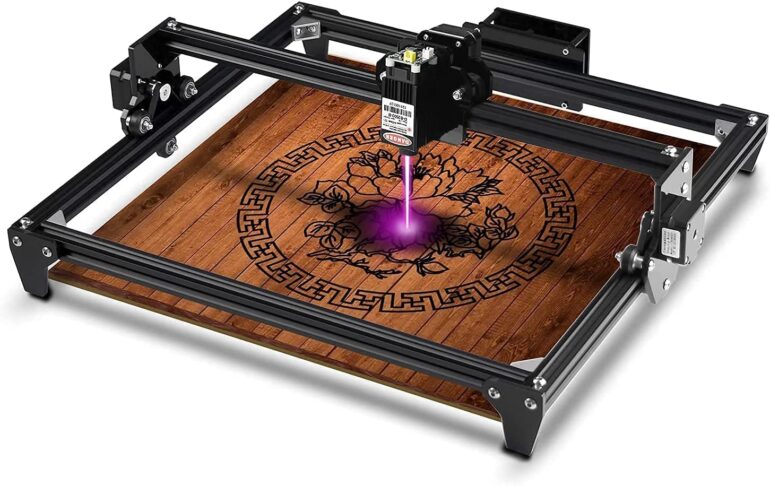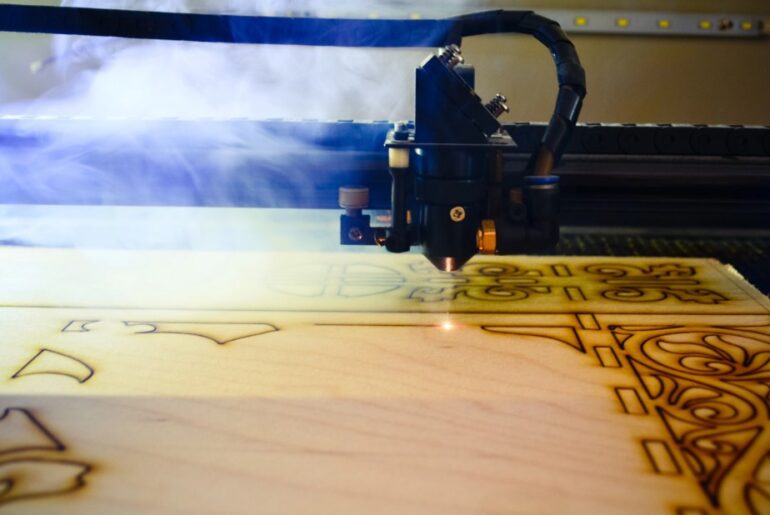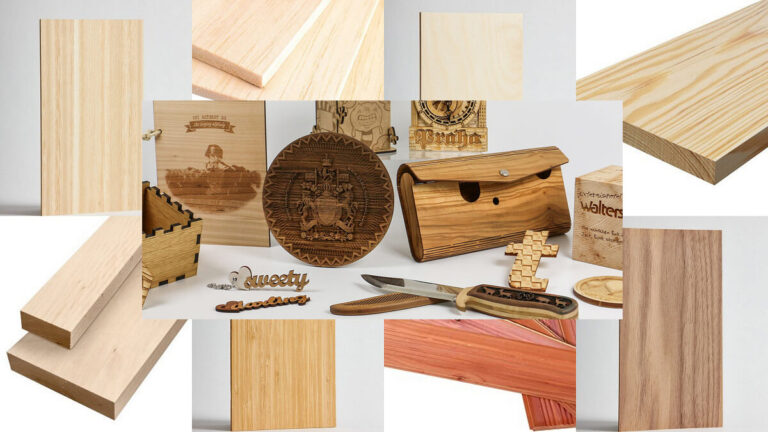Woodworking is a timeless craft that has been around for centuries. It involves creating beautiful and functional pieces of furniture and art out of wood. In recent years, laser engraving has become a popular technique for enhancing woodworking projects.
It allows you to add intricate designs, lettering, and even images to your woodworking projects. If you are new to it, here are some tips and tricks to get you started.
1. Choose the Right Laser Engraver
The first step to successful laser engraving is to choose the right laser engraver for your needs. There are many different types of engravers available, and each has its own set of pros and cons. Some of the most popular types include CO2 laser engravers and fiber ones.
CO2 laser engravers are best for non-metal materials like wood, plastic, and leather. They are also great for cutting through thin materials. Fiber ones, on the other hand, are best for metal materials. Make sure to do your research and choose the right one for your specific woodworking needs.
2. Use High-Quality Wood
The quality of the wood you use for your woodworking projects will have a big impact on the final result of your laser engraving. High-quality woods like maple, cherry, and oak are great choices for it. They are dense and uniform, which makes them ideal for achieving crisp and clean lines.

3. Choose the Right Design
The design you choose is just as important as the wood you use. Simple designs with clean lines tend to work best. Intricate designs with lots of detail can be challenging to engrave, especially if you are new to it.
4. Experiment with Different Settings
Every engraver is different, so it’s important to experiment with different settings to find the right one for your project. Start with a low power setting and gradually increase the power until you achieve the desired depth and darkness of the engraving. Be sure to also experiment with the speed and resolution settings to achieve the best results.
5. Take Safety Precautions
A laser engraver can be dangerous if proper safety precautions are not taken. Always wear protective eyewear when using it, and make sure the engraver is in a well-ventilated area to avoid inhaling fumes. Keep a fire extinguisher nearby in case of any accidents, and never leave it unattended while it’s in use.

6. Clean the Wood Before Engraving
Before engraving, it’s important to clean the wood to ensure a smooth and even surface for the laser to engrave on. Use a clean cloth to wipe away any dirt or debris, and sand the wood if necessary to remove any rough spots or imperfections.
In conclusion, laser engraving is a great way to enhance your woodworking projects and add a unique touch of creativity. By choosing the right laser engraver, using high-quality wood, choosing the right design, experimenting with different settings, taking safety precautions, cleaning the wood before starting, and practicing on scrap wood, you can achieve stunning results with it. Happy woodworking!

